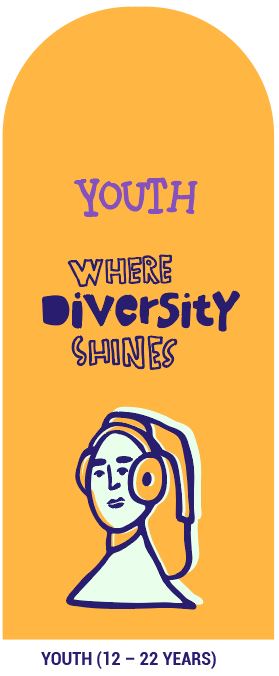
Youth (12 to 18 years):
Seeking Identity. Facing New Challenges and Embracing the Future.
Adolescence, spanning from 12 to 18 years, represents a phase of unique metamorphosis and complexity in human development. Children transform into teenagers and then into young adults amidst significant hormonal, psychological, and social changes. Adolescence is particularly complex for young individuals within the autism spectrum, filled with major transformations and social demands.
Puberty brings typical physical changes for all teenagers, but for autistic individuals, it can be overwhelming due to their sensitivity to hormonal and sensory stimuli. They need to be guided with great patience and care.
Interpersonal relationships and peer pressure intensify during this time. Difficulties in managing social expectations and fitting in can impact self-esteem. Constant reinforcement of social skills is necessary.
Schooling remains crucial, requiring support to tackle growing academic demands and achieve positive integration with peers.
With adaptations, motivation, and collaboration between parents, therapists, and educators, autistic youths can discover unique talents and shape a life plan that enables a successful transition to adulthood.
Explore this category to learn more about this stage, filled with discoveries, including first-hand experiences from young individuals within the autism spectrum.
ARTICLES

